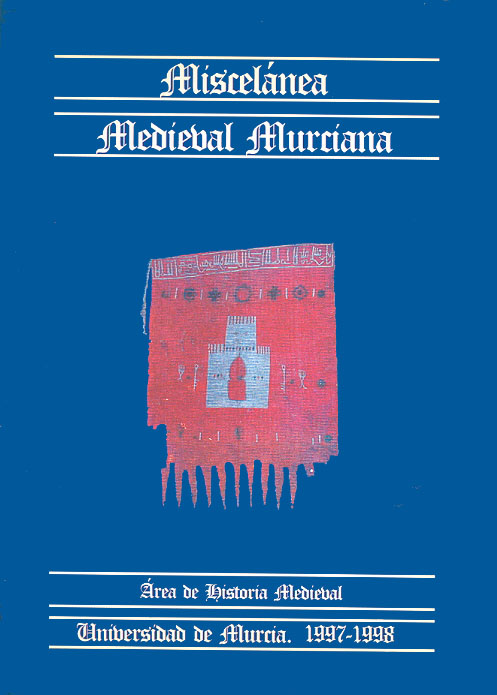EN TORNO A LOS PROBLEMAS Y CONFUSIÓN JURÍDICA EN LA POSESIÓN DEL SEÑORÍO DE VILLENA (S. XV Y XVI)
Abstract
The frontier land between the kingdoms of Castile and Aragon in teh south-east of the península, has always been coveted by the nobles of both kingdoms. At the beginning of the XVth e., a growing legal uncertainly appeared as regards who it belonged to, due to the impredictability of Juan II of Castile, who granted and dispossessed it and even gave it to others nobles without having declared the previous transfer invalid. The most controversial moment took palce with the “Pacheco”, Juan and his son Diego. The latter, after the land had gone back to the crown in 1476, insisted all his life on his demand for it claiming that the “Reyes Católicos” had seriously failed to fulfill the agreement signed with them. Their heirs kept on demanding the ownership until the second half of the XVth e., and the even tried to buy the city of Villena or, if it were not possible, the city of Chinchilla, in order to justify the title of marquisDownloads
Las obras que se publican en esta revista están sujetas a los siguientes términos:
1. El Servicio de Publicaciones de la Universidad de Murcia (la editorial) conserva los derechos patrimoniales (copyright) de las obras publicadas, y favorece y permite la reutilización de las mismas bajo la licencia de uso indicada en el punto 2.
2. Las obras se publican en la edición electrónica de la revista bajo una licencia Creative Commons Reconocimiento-NoComercial-SinObraDerivada 3.0 España (texto legal). Se pueden copiar, usar, difundir, transmitir y exponer públicamente, siempre que: i) se cite la autoría y la fuente original de su publicación (revista, editorial y URL de la obra); ii) no se usen para fines comerciales; iii) se mencione la existencia y especificaciones de esta licencia de uso.
3. Condiciones de auto-archivo. Se permite y se anima a los autores a difundir electrónicamente las versiones pre-print (versión antes de ser evaluada) y/o post-print (versión evaluada y aceptada para su publicación) de sus obras antes de su publicación, ya que favorece su circulación y difusión más temprana y con ello un posible aumento en su citación y alcance entre la comunidad académica. Color RoMEO: verde.





